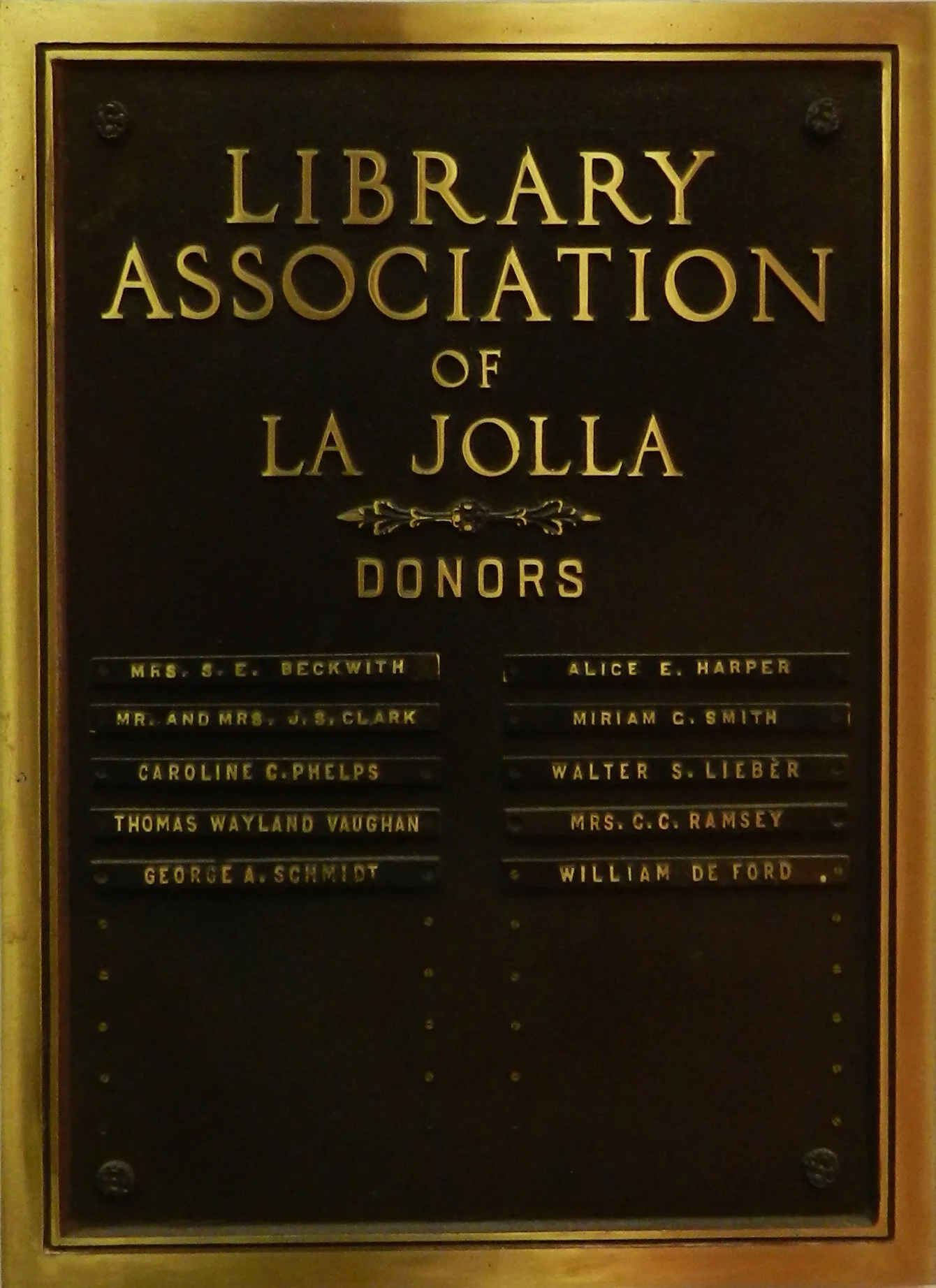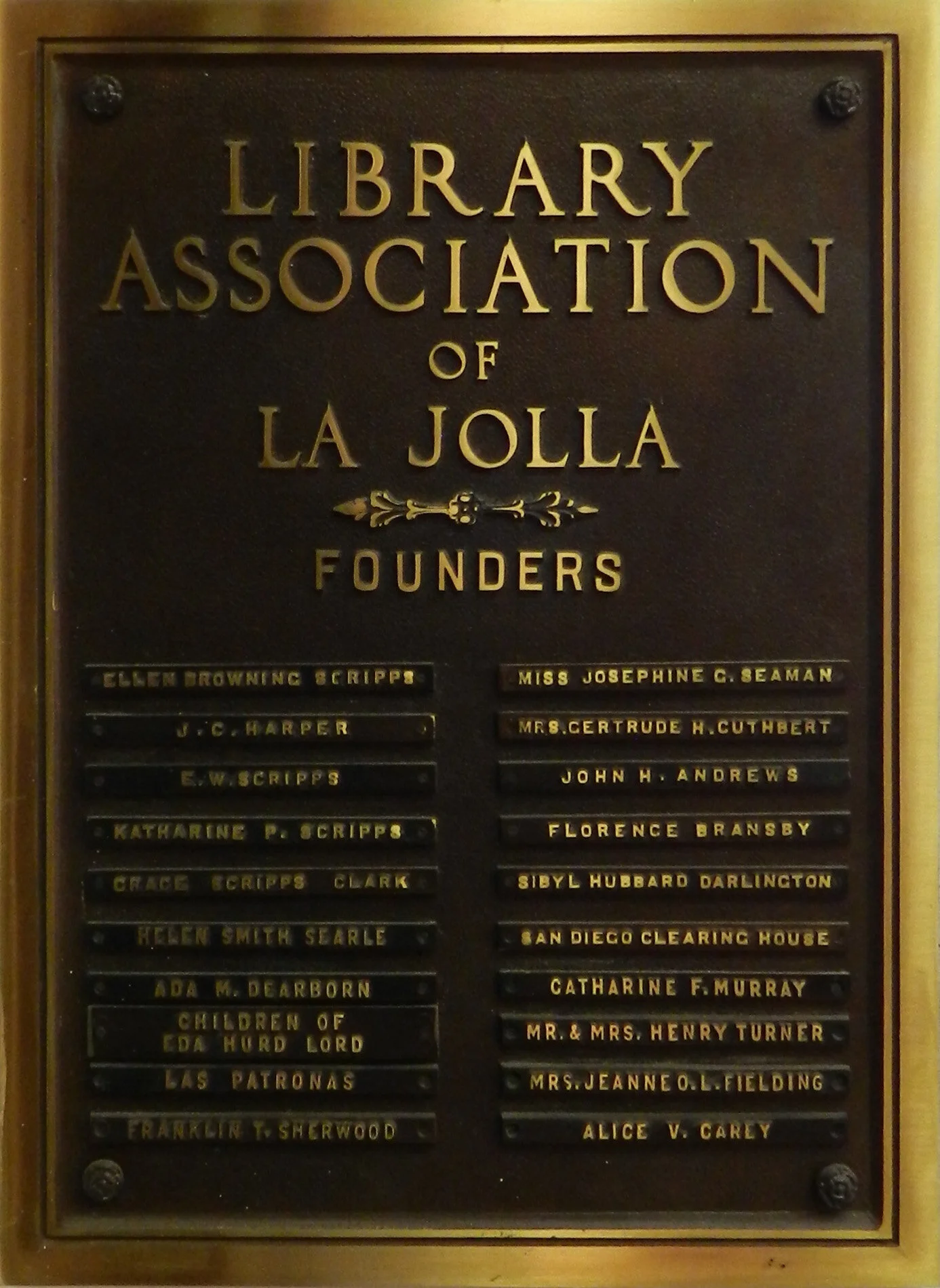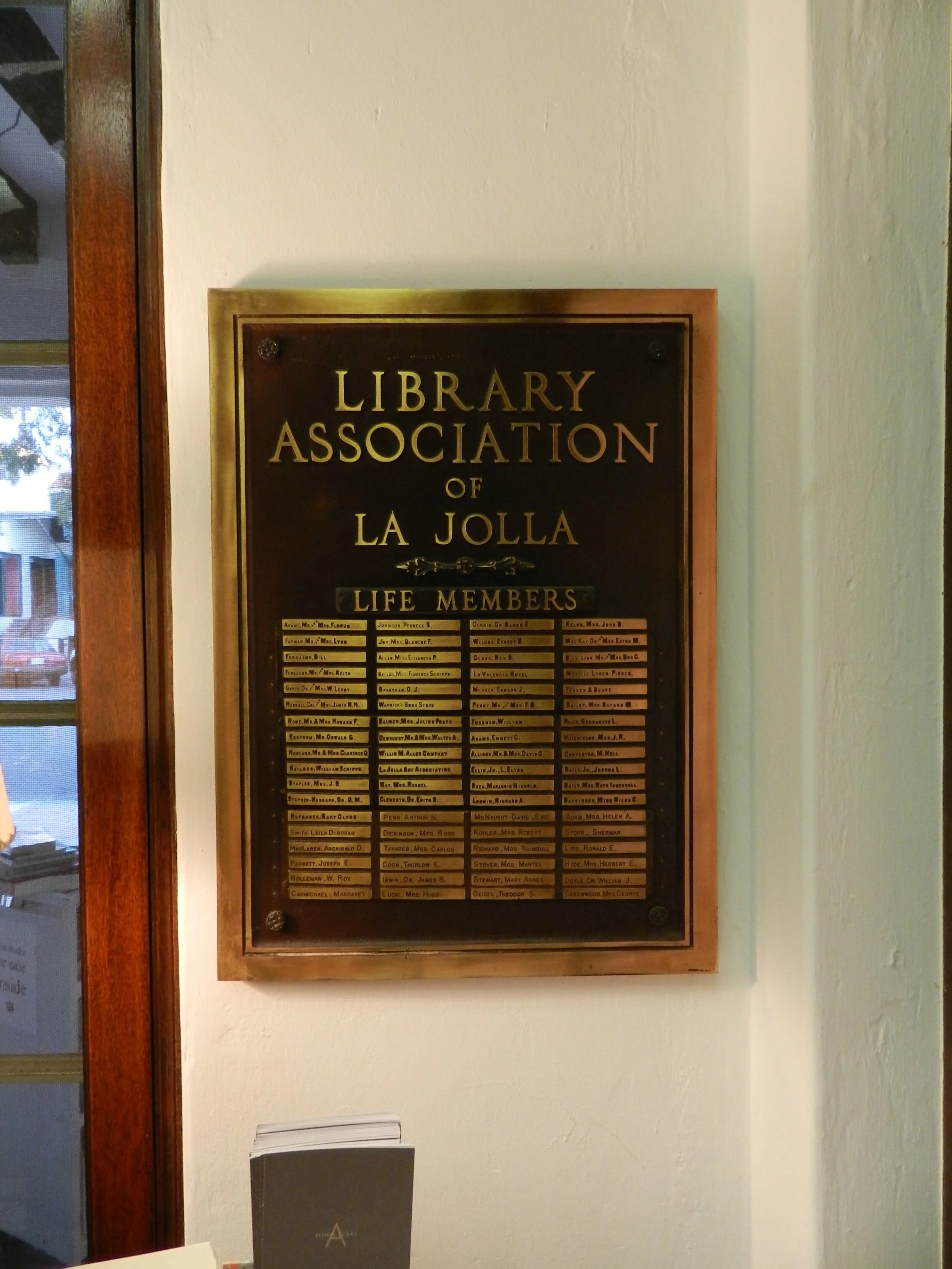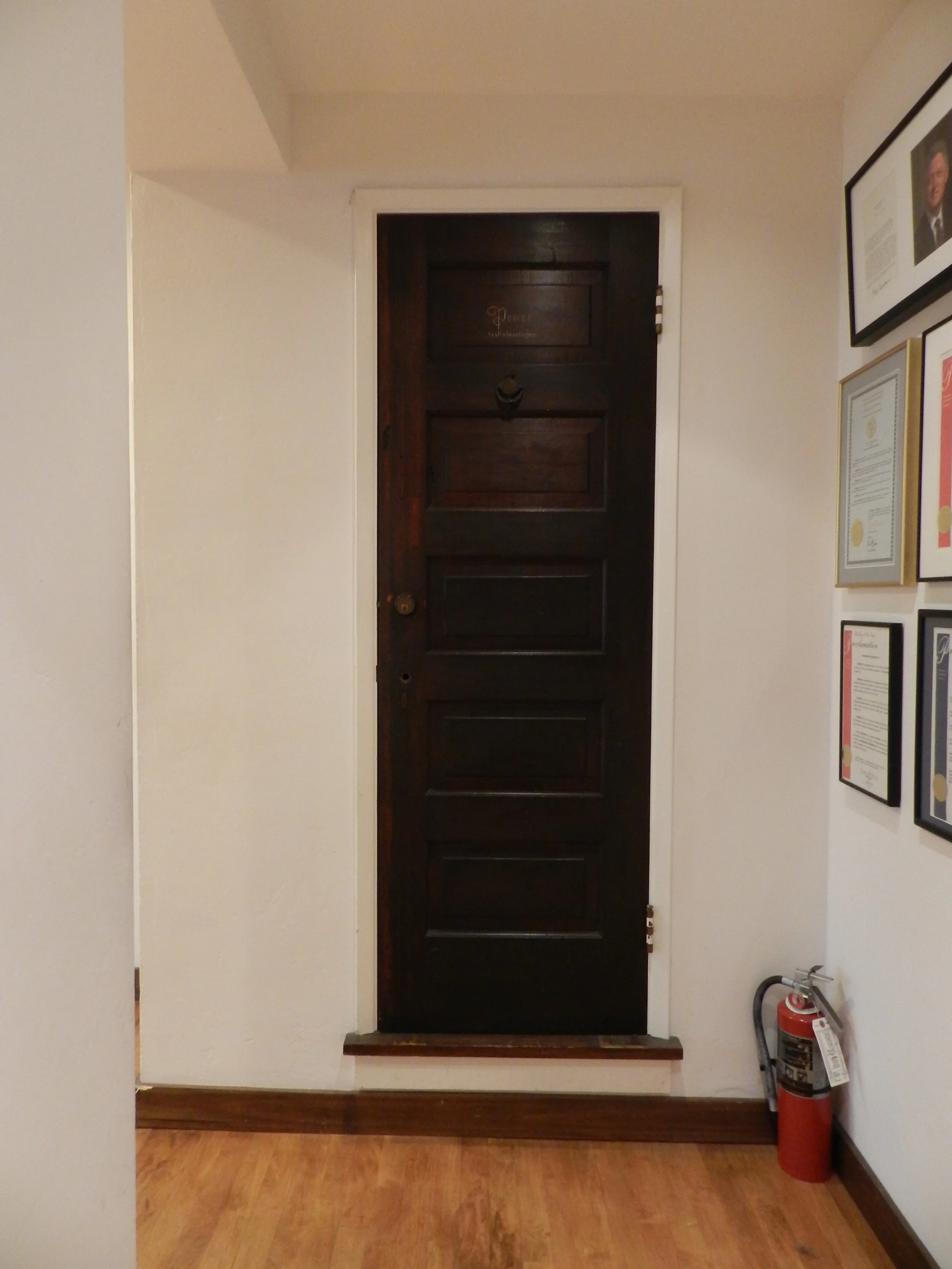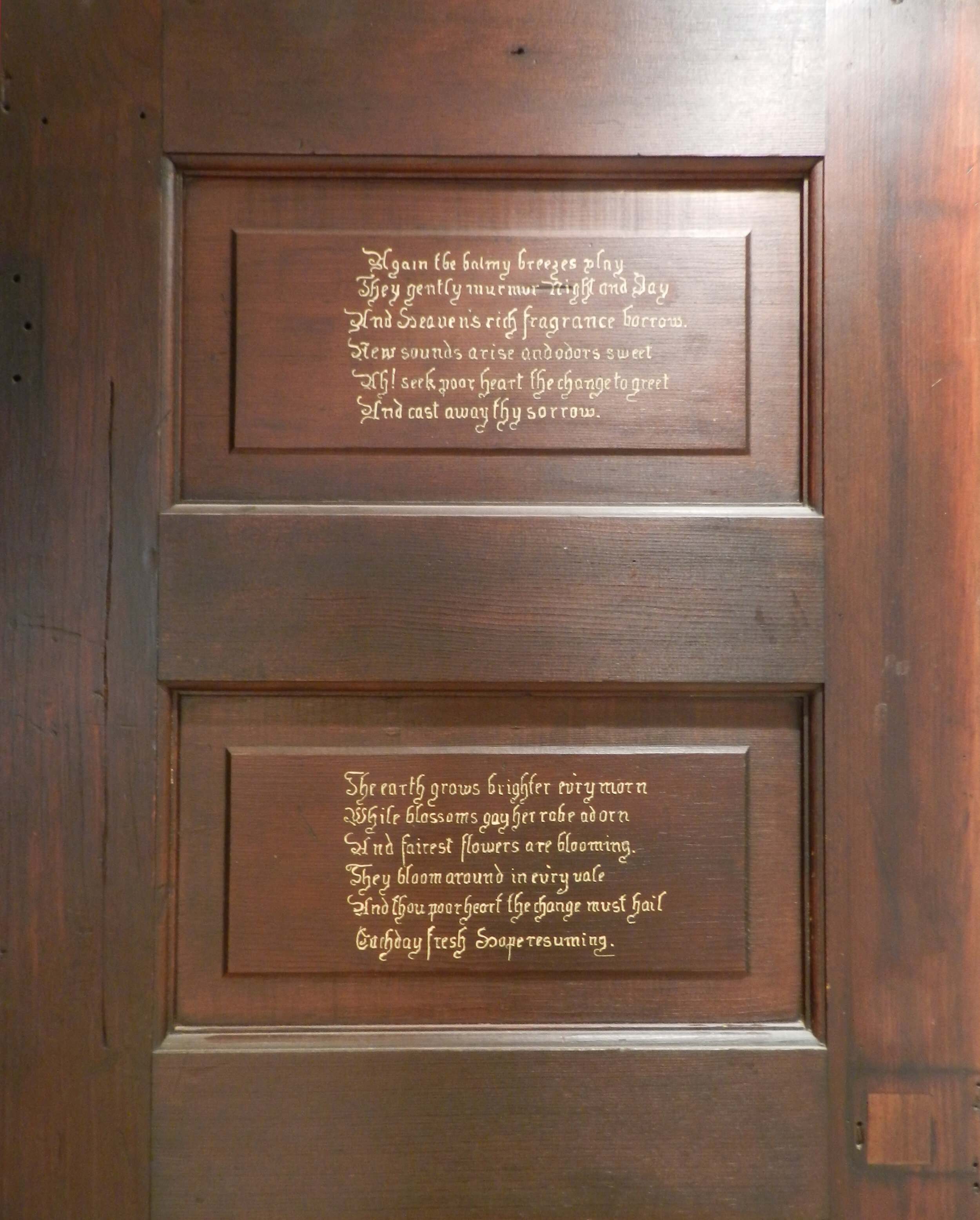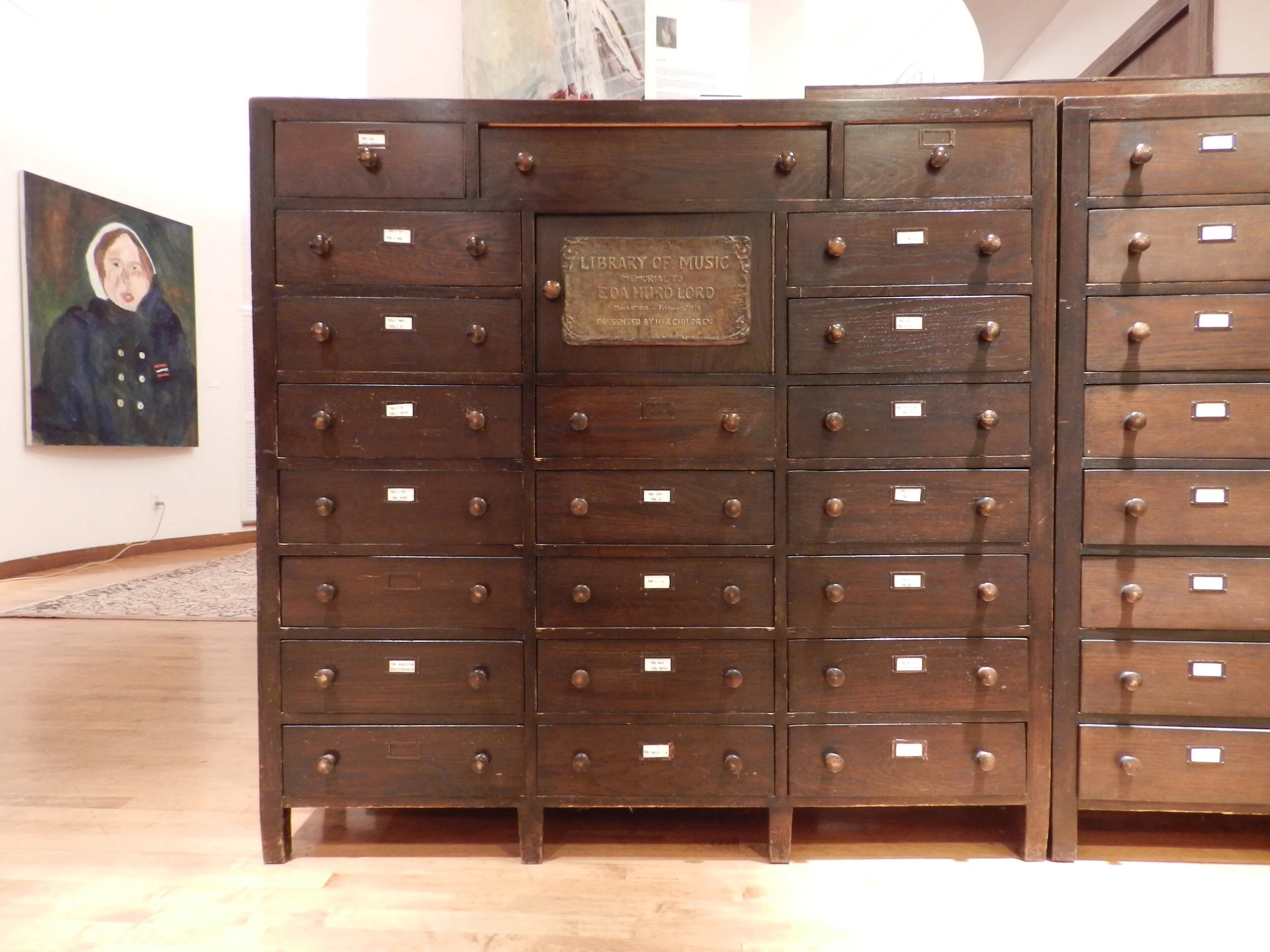Explore the Caldecott Medal Collection
HOME / LIBRARY / EXPLORE / EXPLORE THE CALDECOTT MEDAL COLLECTION
The Athenaeum collects signed first editions of books that win the Caldecott Medal, which recognizes the “most distinguished American picture book for children.” These can be found in a special cabinet in the Max & Melissa Elliott North Reading Room. They are purchased through the generosity of Joseph & Andrea Schmidt in honor of their daughter Alexandra.
Here is Erika Torri's recount of how the collection started:
“During 2003–2006 the Athenaeum embarked on a visionary campaign to enlarge and combine all Athenaeum spaces into one institution. Many of the now available spaces to the public were rented out to other institutions or retail businesses.
In order to be successful with the campaign we included naming opportunities (many are still available and can be perused in our concert programs) and many were taken. One was naming a part of a cabinet in the North Reading Room (now the Melissa and Max Elliott Reading Room). Andrea and Dr. Joseph Schmidt decided to underwrite and name it in their daughter Alexandra Maurice’s name. It was a great cabinet with a nice plaque, which now had to be filled appropriately. I suggested the Caldecott Award Collection which started in 1937 and is still considered the ‘most distinguished award for an American picture book for children.’ I was eager to find all books already published at that time, first editions signed and was quite successful. A few are still missing from the early years, but I am still looking and Librarian Kathi Bower Peterson has a watchful eye on all new titles and we are complete with the new items.”
Explore the Athenaeum’s Erika & Fred Torri Artists’ Books Collection
HOME / LIBRARY / EXPLORE / EXPLORE THE ATHENAEUM'S ARTISTS' BOOKS COLLECTION
The Athenaeum's Erika & Fred Torri Artists' Books Collection has become one of the most important collections in the Athenaeum's holdings. It was initiated in 1991 when Joan & Irwin Jacobs Executive Director Erika Torri received a generous donation from life member Hope Shipley.
Here is Erika Torri's recount of how it all began:
“Long before I became involved with the Athenaeum, I was involved with artists’ books. They fascinated me, I did a lot of research and collecting and when I joined the Athenaeum staff it was one of the first things on my mind. But the library was small, the budget was small, the acquisition budget tiny, and there was no way to splurge on something like artists’ books. After I had been there for some time a person very close to the Athenaeum came up to me; she liked the changes that had occurred since I had come, and she handed me $1,000. It was an enormous sum for us. ‘For your dream …’ she said, and I knew what I wanted to do with it. Bill Kelly and Michele Burgess of Brighton Press had just published a book by well-known local artist Harry Sternberg—A Life in Woodcuts—and I bought it from them. It cost $980, and we had another $20 for an acid-free box to house it in. It was a fabulous purchase, and I was very happy.”
The collection has grown enormously through purchases, sponsored acquisitions, and generous donations—now numbering over 2,400 books—and so has its reputation. It is sought out by artists, researchers and collectors and can be viewed by making an appointment with the library staff.
Explore Book for a Buck
HOME / LIBRARY / EXPLORE / EXPLORE BOOK FOR A BUCK
Frequent visitors to the Athenaeum have probably noticed what appears to be a gumball machine, behind and to the left of the front desk. Well, guess what? That isn’t a gumball machine, but an artist’s book by local artist Judith Christensen called Book for a Buck! It is just one of the many artists’ books in the Athenaeum’s collection. For those unfamiliar with the genre, an artist’s book is a limited edition or one of a kind creation by an artist that includes text and is intended to be seen as a work of art, but does not always appear in the form of what most people recognize as a book. In the case of Book for a Buck, this dispenser includes multiple copies of small handmade books from Christensen’s The Travel Series enclosed in protective capsules; the object in its entirety constitutes an artist’s book. As an actual functioning vending machine, it dispenses a capsule when four quarters are inserted. Created in 1999, this unique object is one of a limited edition of six, and has been in the Athenaeum’s collection since 2000. Many artists’ books can be quite expensive, but for the low price of one dollar, anyone can acquire one with Book for a Buck.
Explore Children’s Storytime
HOME / LIBRARY / EXPLORE / EXPLORE CHILDREN'S STORYTIME
Children's Storytime is available every Wednesday and Friday at 3 and 3:30 p.m. for children aged 1 to 9.
Quiet Time with Cassatt by Julie Merberg and Suzanne Bober
San Francisco: Chronicle Books, 2006
Art Dog by Thacher Hurd
New York: HarperCollins Publishers, 1996
Call Number: YP 700/H961
Brother Billy Bronto's Bygone Blues Band by David F. Birchman; Illustrated by John O'Brien
New York: Lothrop, Lee & Shepard Books, 1992
Call Number: YP 780/B617
Explore the Athenaeum in a Virtual Tour
HOME / LIBRARY / EXPLORE / EXPLORE THE ATHENAEUM IN A VIRTUAL TOUR
All photography below by Philipp Scholz Rittermann ©2014.
Explore the Athenaeum’s Treasures
HOME / LIBRARY / EXPLORE / EXPLORE THE ATHENAEUM'S TREASURES
The mission of the Athenaeum Music & Arts Library is to provide the La Jolla and San Diego communities with library resources in music and the arts, and an ongoing schedule of cultural programs, classes, concerts, and exhibitions.
The historical library building, constructed in 1921 on the site of the original reading room, still houses various vestiges from the organization’s early years. They are evidence of the rich history of the Athenaeum Music & Arts Library and its role in the La Jolla community.
Grandfather Clock
A grandfather clock beside the main entrance recalls founding member Olivia Mudgett, in whose name her sister-in-law Eleanor Mills donated it in 1922.
Mrs. Mudgett was a founder of the Library Association, its second president (Ellen Scripps was its first president) and a member of the Board of Trustees of the La Jolla Library Association from its organization in 1899 until her death in 1918.
The inscription “Wurtemberg” on the clock face indicates its origin in Württemberg (formerly known as Wurtemberg or Wirtemberg), an area in southwestern Germany, which has been a center for European clock making since the Renaissance.
Inscriptions:
“Wurtemberg” on the clock face; “L4 21” on the door (inside)
Presented by Mrs. A. P. Mills / In memory of her sister Mrs. Olivia Mudgett / A member of the Board of Trustees of the La Jolla Library from its organization in 1899 until her death in 1918
Remnants from Kate Sessions’ Garden
When the William Templeton Johnson building was built in 1921, world-renowned horticulturist Kate Sessions was asked to create an outdoor reading court, which was located behind the library building. She planted it with indigenous flora, creating a quiet oasis in which to enjoy the library’s treasures. The reading court gave way to a building expansion in the 1950s. Architect William Templeton Johnson was hired again to head the project, which added five additional small rooms to the building.
During the most recent renovation, in 2006, remains of the former exterior wall were discovered. Below you can see a portion of that wall, pockmarked where Ms. Sessions’ ivy used to climb the building.
Bronze Sculpture by Robert Merrell Gage
The sculpture “Young Girl Reading” (40” x 70” bronze panel), a gift of Mrs. Carolyn King, was dedicated on December 12, 1925. It was located in the reading court until the 1950s; since then it has been on the Athenaeum’s patio.
Robert Merrell Gage (1892–1981):
Sculptor; art training at the Henri school, the Beaux Arts Institute of Design and the L’Ecole des Beaux Arts, Paris
Apprenticed with sculptor Gutzon Borglum before moving to Los Angeles in 1923
Exhibited in California and received many commissions
He taught at Chouinard Art Institute from 1928 to 1930 and at the University of Southern California from 1925 to 1928.
His exhibits included those at the California Pacific International Exposition of 1935 in San Diego and the New York World’s Fair of 1939.
Gage’s public works, besides the La Jolla Library fountain, include a statue of Abraham Lincoln at the Kansas State Capitol in Topeka and figures of Agriculture and Industry at the California State Building in Los Angeles.
He died in Laguna Beach, California, on October 30, 1981.
Inscription:
Young Girl Holding Book / by Merrell Gage / 1925 / A git of Mrs. Carolyn King
Gate from the 1921 Entrance
The Athenaeum still owns of a pair of gates that separated the reading rooms from the library stacks as part of the original interior of the William Templeton Johnson library. They separated the library space that contained the books from the entrance hall, which was open to the public even after library hours. Members could stay and read and afterward return the books by sliding them through the gate.
The three-part wooden gate, consisting of a door in the center and two slender segments on the sides, is embellished with ornamented, baluster-shaped bars and a wooden decoration on top: an open book framed by a ring and flanked by two coils. The book in the center shows the inscription “1921”, the year of the construction of the library building designed by William Templeton Johnson. The ornament has become one of the Athenaeum’s logos and is featured on the Athenaeum’s bi-monthly published newsletter as well as on the cover of the quarterly school brochure since September 2007.
The Original Architectural Drawing by William Templeton Johnson from 1921
In 1919, Ellen Browning Scripps proposed to match funds raised by the community to purchase more land near the original Reading Room and to build a new facility. Architect William Templeton Johnson was commissioned to build a new library. After training in New York and Paris, Johnson moved with his family to San Diego, and his unique blending of styles arose from the influences of these disparate locations. For the library he borrowed the white stucco and the lowpitched, tiled roof from the Spanish Colonial Revival Style, and classical columns from the Italian Renaissance. The result is distinctly Southern Californian and can be seen later in many of the San Diego landmarks Johnson designed, including the San Diego Museum of Art, the Museum of Natural History, and the Francis Parker Lower School.
The architectural drawing shows his original design for the library: two stories (instead of one), a main entrance was supposed to be on Girard Street (now it’s on Wall Street, with a side entrance on Girard), and a richly decorated Baroque-inspired porch: a round arched gate, framed by columns, and a broken pediment, volutes, and a shaped blind gable with a shouldered arched window.
Due to financial reasons this original design was not realized. The library was built with a single floor and the simplified main entrance on Wall Street that has a columned portico.
Bronze Plaque in the Portico from 1921
The new library building by William Templeton Johnson was dedicated on October 10, 1921, to the memory of soldiers killed during World War I. Four soldier’s names, including John Moggs Scripps, Ellen Browning Scripps’ brother, are listed on a bronze plaque in the library’s portico.
To the memory of all those who
in the history of this Republic
have died in its defense and
of our fellow citizens who
served in the World War
This library
built and furnished through
the generosity of
Ellen Browning Scripps
Aided by subscriptions from
La Jolla residents and friends
is gratefully dedicated
They gave the last full measure
of devotion
John Mogg Scripps • 1840 • 1863
Basil Fielding Worsfold • 1897 • 1916
Frank N. Bennett • 1882 • 1918
Ramon Frederick Moreno • 1893 • 1920
Florence Sawyer Plaque
In 1894, group of six academically inclined women formed the La Jolla Reading Club: Eleanor McGilvery Mills, Olivia Mudgett, Ellen F. Mills, Nellie Johnson, Clara Kennedy, and Elizia Jones. They held their first meeting on March 24 of that year at the La Jolla Park Hotel.
In 1895, Florence Sawyer Bransby, a frequent visitor to La Jolla, purchased the lot at the corner of Wall Street and Girard Avenue and built the original reading room—La Jolla’s first library—on it. In 1899, she donated the cottage as well as $1,000 worth of books and a piano.
The Reading Club was incorporated as a membership library, with the name Library Association of La Jolla, and took up residence in the Reading Room. Local philanthropist Ellen Browning Scripps was the first president of the Association. The other board members were Olivia Mudgett, Francis A. Brown, C.S. Dearborn, and Anson Peaslee Mills.
In 1975, a plaque commemorating Florence Sawyer and the Reading Room was affixed to the display board that now stands at the street corner outside the library.
Member Plaques with Special Names
Four bronze tablets, unveiled on New Year’s Day 1930, commemorate the library’s founders, patrons, donors, and life members, whose names were added through the years. These plaques still grace the walls of the main lobby area. The life member’s plaque is perhaps the most interesting one, underscoring the importance of tradition in the Athenaeum “family.” In addition to individuals, several local businesses, such as Warwick’s, La Valencia Hotel, the La Jolla Art Association, and Las Patronas had become life members, fostering the spirit of community. One name on the plaque, though very famous, may not be readily recognized, since most bibliophiles know Theodor S. Geisel as the revered children’s book author Dr. Seuss.
Beam with German and English Sayings from the Green Dragon Colony and Anna Held’s Art Retreat
The Green Dragon Colony was a group of La Jolla’s earliest residences.
Upon arriving in La Jolla, Anna Held Heinrich, the governess of Ulysses S. Grant Jr.'s children, developed a collection of land-hugging cottages that she named the Green Dragon Colony. In October 1894, she bought various lots that coincided with her colony. The cottages were scattered along the hill down to the ocean.
In years past, many people visited the colony while in La Jolla. It was literally an artist colony, where composers, actors, authors, architects, and others came to spend time and practice their crafts, while enjoying the La Jolla scenery and ocean view.
Inscriptions on the west-facing side:
To Tante with love / Charles Walefield Cadman 1918 / Because I love you dearly 10-24-18 M.E.N. / Snug as a bug in a ru(g) H.
Inscriptions on the east-facing side:
Wenig aber herzlich (Little but sincere) HGC 1902 / Music breathes what Poet cannot write. MA Sept 1900
Green Dragon Door
A small, ornate wooden door with a gold knocker, now installed on a storage closet, is a remnant of the Green Dragon Colony, a group of La Jolla’s earliest residences, built by a German woman named Anna Held. Hand-painted on the door are the words “peace to all who enter here” and two stanzas of a song are inscribed on the back. The door was described in a newspaper article as “one of La Jolla’s earliest and most romantic relics.”
Inscription on the front:
Peace
to all who enter here.
Inscription on the back:
Again the balmy breezes play
They gently murmur Night and Day
And heaven’ rich fragrance borrow.
New sounds arise and odors sweet
Ah! Seek poor heart the change to greet
And cast away thy sorrow.
The earth grows brighter evry morn
While blossoms gay her robe adorn
And fairest flowers are blooming.
They bloom around in every vale
And thou poor heart the change must hail
Each day fresh hope resuming.
Bach Gesellschafts Werke, published between 1899 and 1950
Eda Hurd Lord, who died in 1938, left a bequest that would become a centerpiece of the Athenaeum’s collection. Upon her death her children presented her Bach Gesellschafts Werke, a 48-volume collection of Johann Sebastian Bach’s compositions in their original German form, published in Leipzig between 1850 and 1899. The collection had been available only to subscribers, and Lord’s was one of only three copies of the collection known to exist west of the Mississippi at that time.
The Lord family also bequeathed works by Haydn, Mozart, Mendelssohn, Schumann, and Schubert, as well as Brahms’ pianoforte trios, numerous operas, all of Beethoven’s symphonies, and Grove’s Dictionary of Music. The gift was dedicated at a special event held in honor of the Association’s fortieth anniversary and recognized by a bronze plaque still displayed on one of the sheet music catalogs. This was the most significant gift the library received since the original collection of books donated by Florence Sawyer, and it would have an important influence on the direction the library would take in later years.
In 1955, the Library Association of La Jolla decided to dedicate its collection exclusively to art and music and chose 18 America’s Membership Libraries, p. 321–322. the name Athenaeum Music & Arts Library and the collection, along with its large cabinet display, became a centerpiece of the Athenaeum.
Music Scores
Eda Hurd Lord also donated a large collection of classical music scores and a storage cabinet to the Athenaeum.
Inscription:
Library of Music / Memorial to Eda Hurd Lord /March 8th 1854 – February 26th 1938 / Presented by her children
Original Ornamental Ceiling from 1921 in the Max & Melissa Elliott North Reading Room
The 1921 ornamental ceiling designed by William Templeton Johnson still embellishes what is now the Athenaeum’s Max & Melissa Elliott North Reading Room (originally the library’s Gallery). It consists of round arches which arise on small consoles and cut into the haunch of the ceiling. It surrounds the room’s ceiling like a large arched frieze.
Studio Windows of the Parker Building
The Athenaeum School of the Arts’ studio still has its original industrial windows from the 1920s. It was built between 1920 and 1930 and bought by the Athenaeum in the 1960s. It was leased until 2005 with a 50 year lease.
History of the Parker Building and the Athenaeum’s Art Studio
The Athenaeum’s School of the Arts is situated in a smaller building connected to the larger William Templeton Johnson and William Lumpkins structures that house the Athenaeum Music & Arts Library. Opening on to Girard Avenue, it, like the other parts of the library, is designated a San Diego Historical Landmark. Known historically as the Parker Building, it has its own unique story.
Erected during a time when La Jolla was growing from a small rural village into something more substantial, and record keeping was not meticulous, its origins can be dated only to a broad time period: 1921–1930. Originally owned by Dr. Truman Parker, who used it as his medical office, its design is attributed to architect Thomas Shepherd, who was also responsible for several other commercial buildings, as well as many private homes, in La Jolla. Shepherd’s widow, Ruth, when interviewed by officials determining the office’s historical value, recalled that her husband was a friend of Dr. Parker’s and might have even designed it for free during his spare time! The style of the building is considered “Zigzag Moderne,” a type of Art Deco architecture characterized by its geometric or decorative patterns and features.
The Athenaeum purchased the Parker Building in 1966, by which time it had been divided into two separate offices and had had other occupants, including a law firm and a photographer. Subsequently, the Athenaeum rented part of the building to the La Jolla Art Association, and another section was rented out as retail space to a succession of businesses. When the La Jolla Art Association’s lease ended in 2005, the Athenaeum remodeled the interior of the Parker Building into one space, and its School of the Arts was able to move into a new home.
The façade of the Parker Building was restored in 2021.










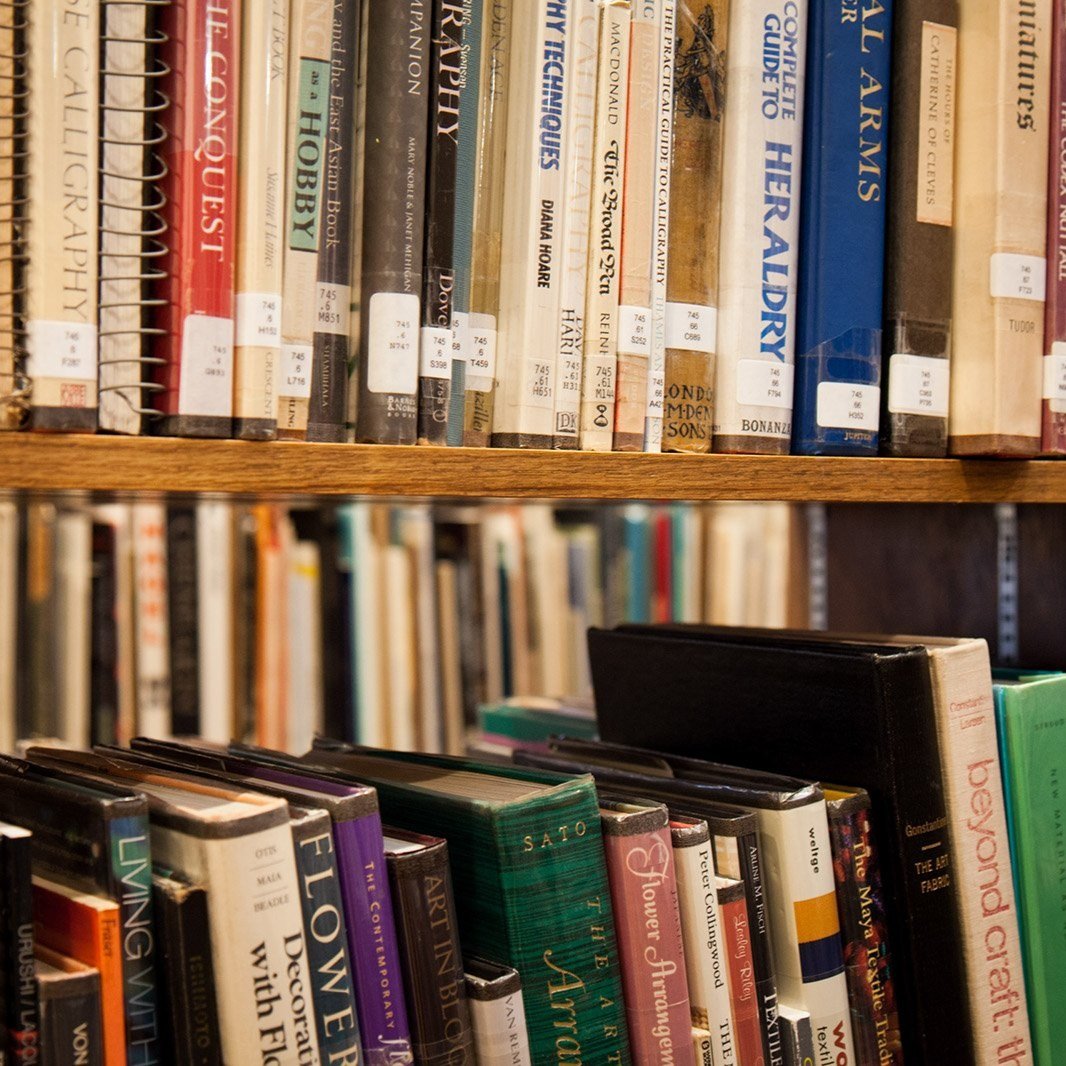









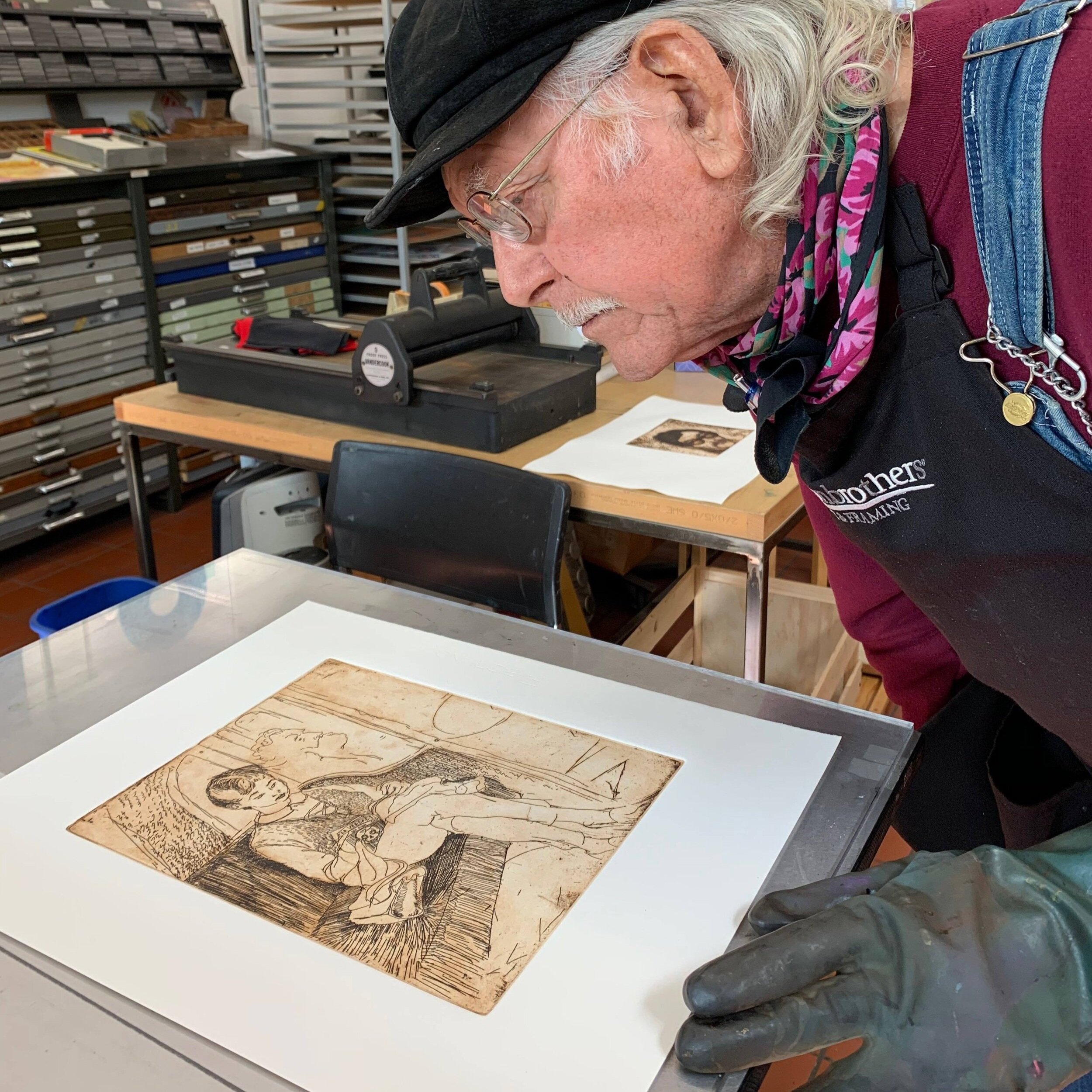


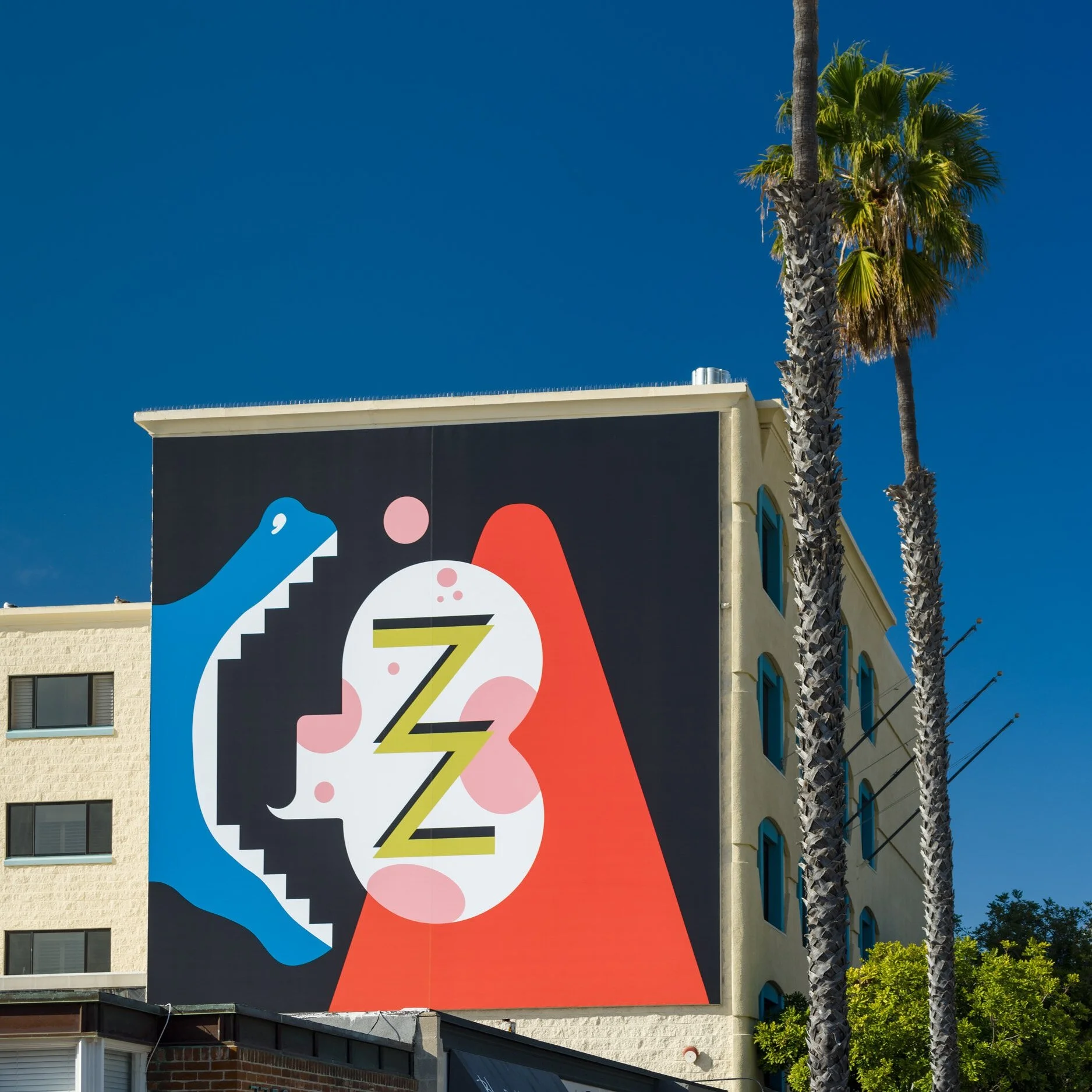

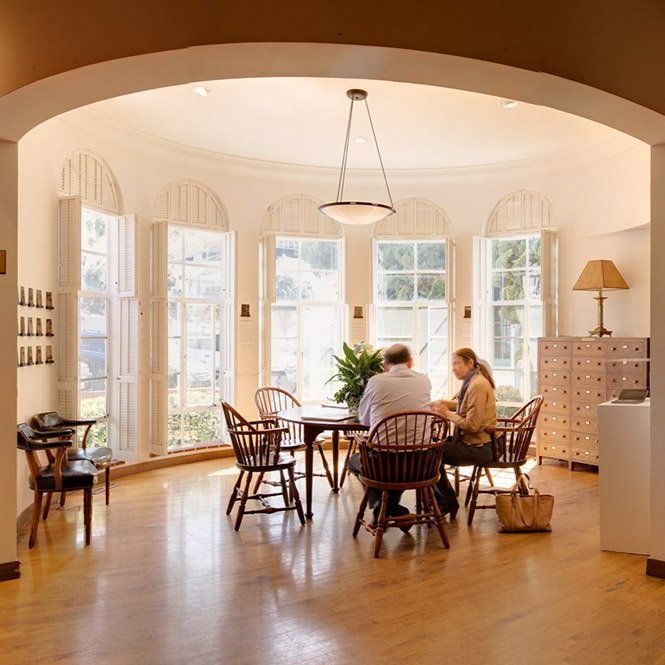


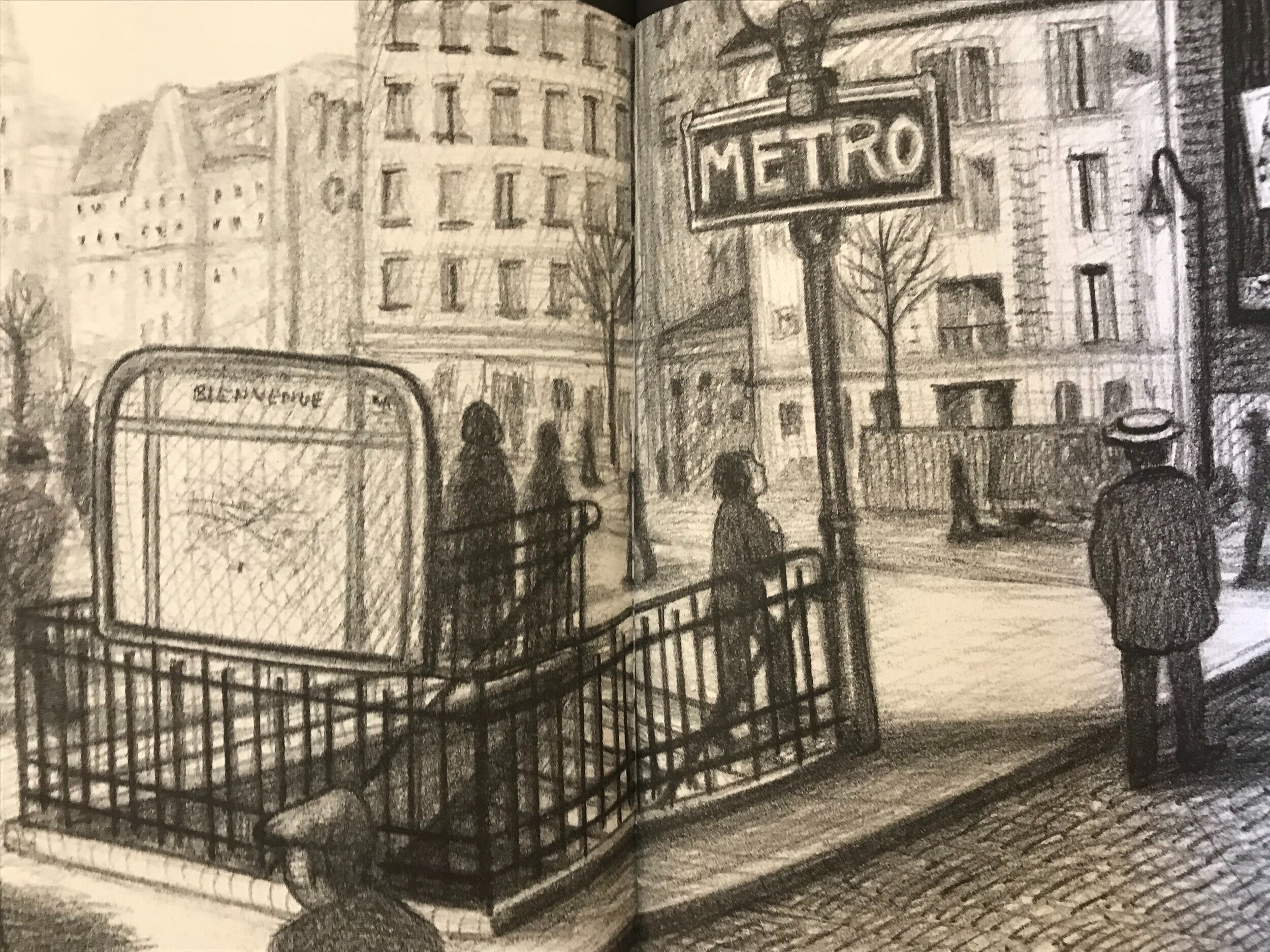


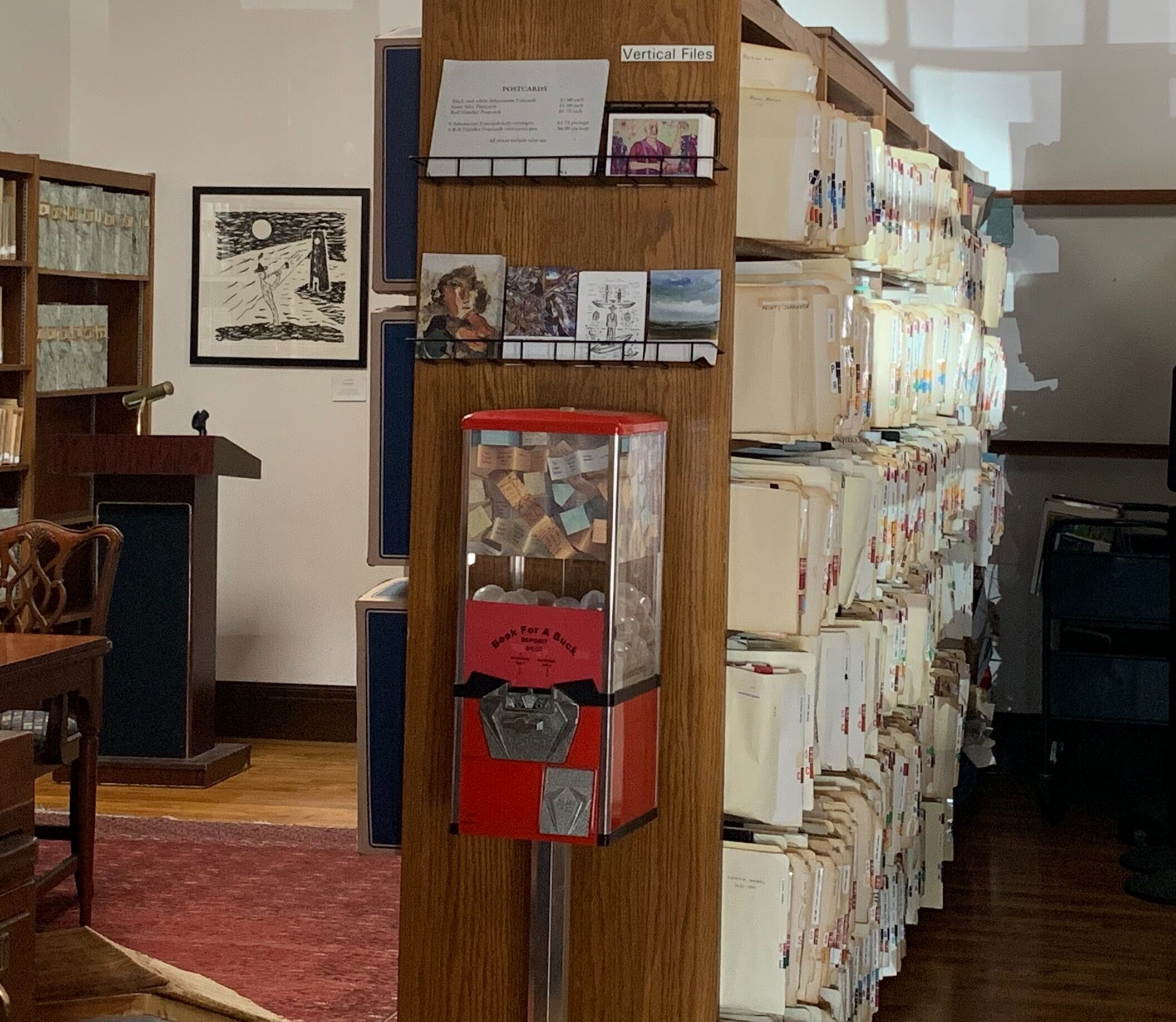

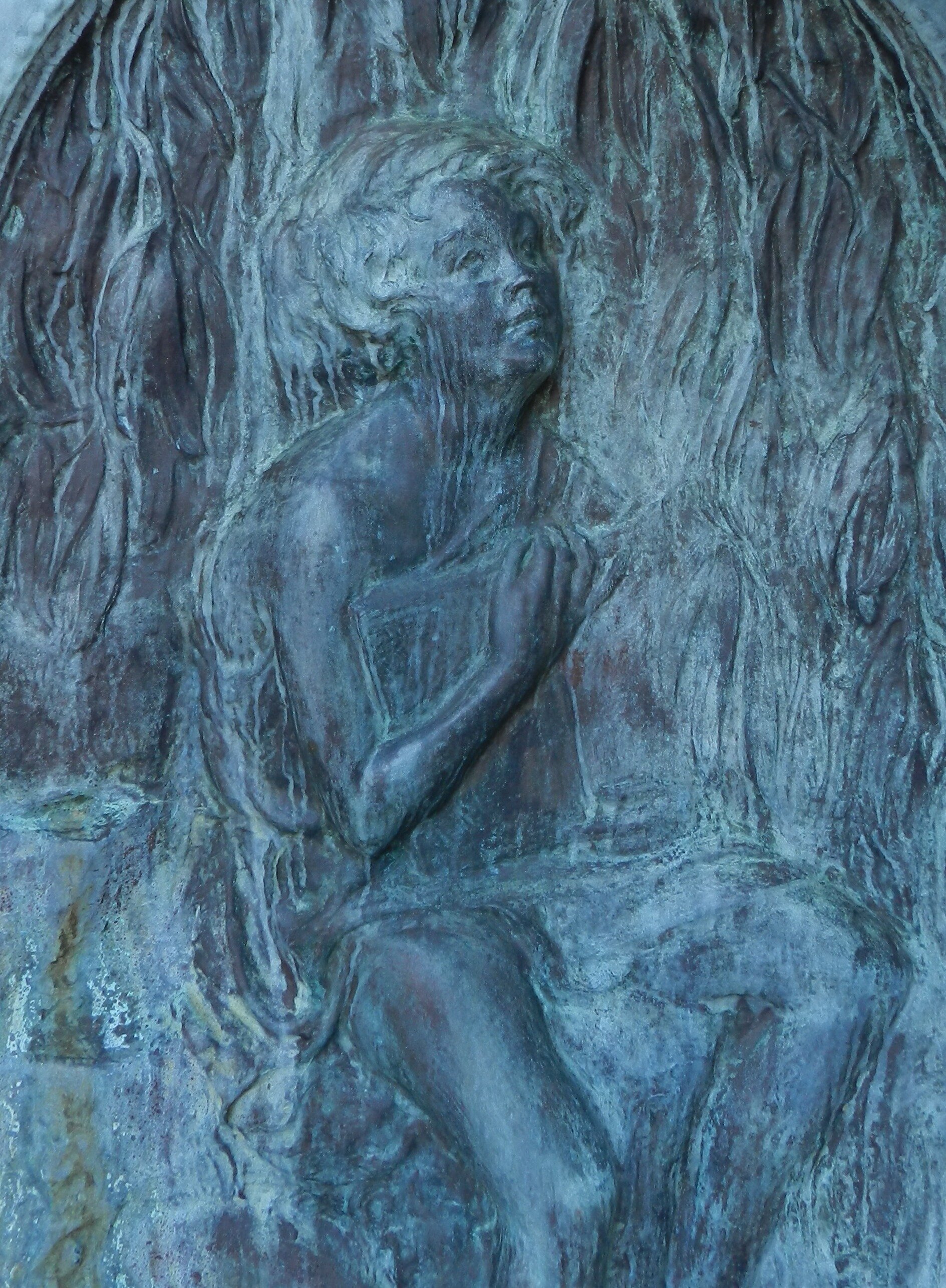





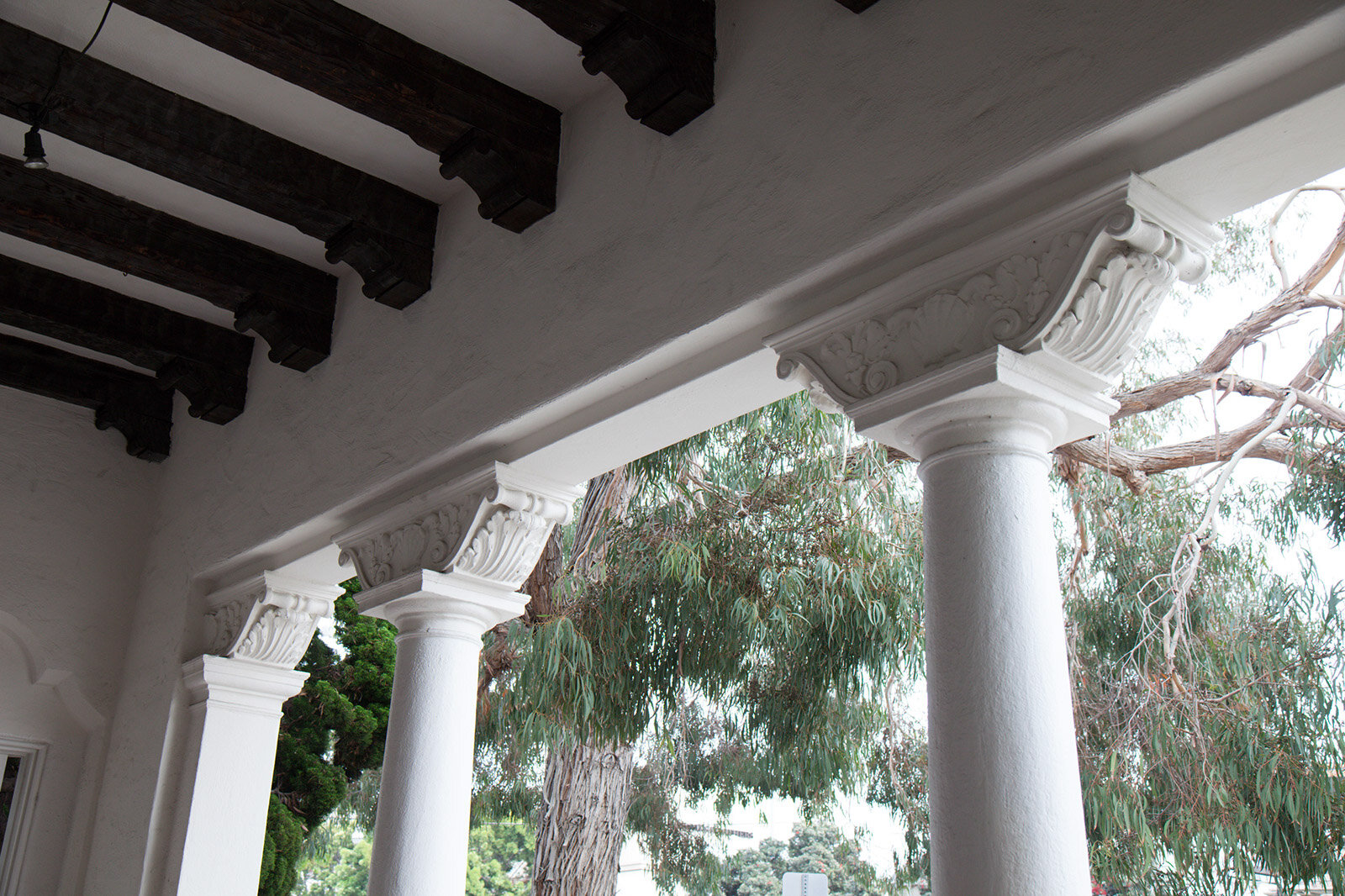

















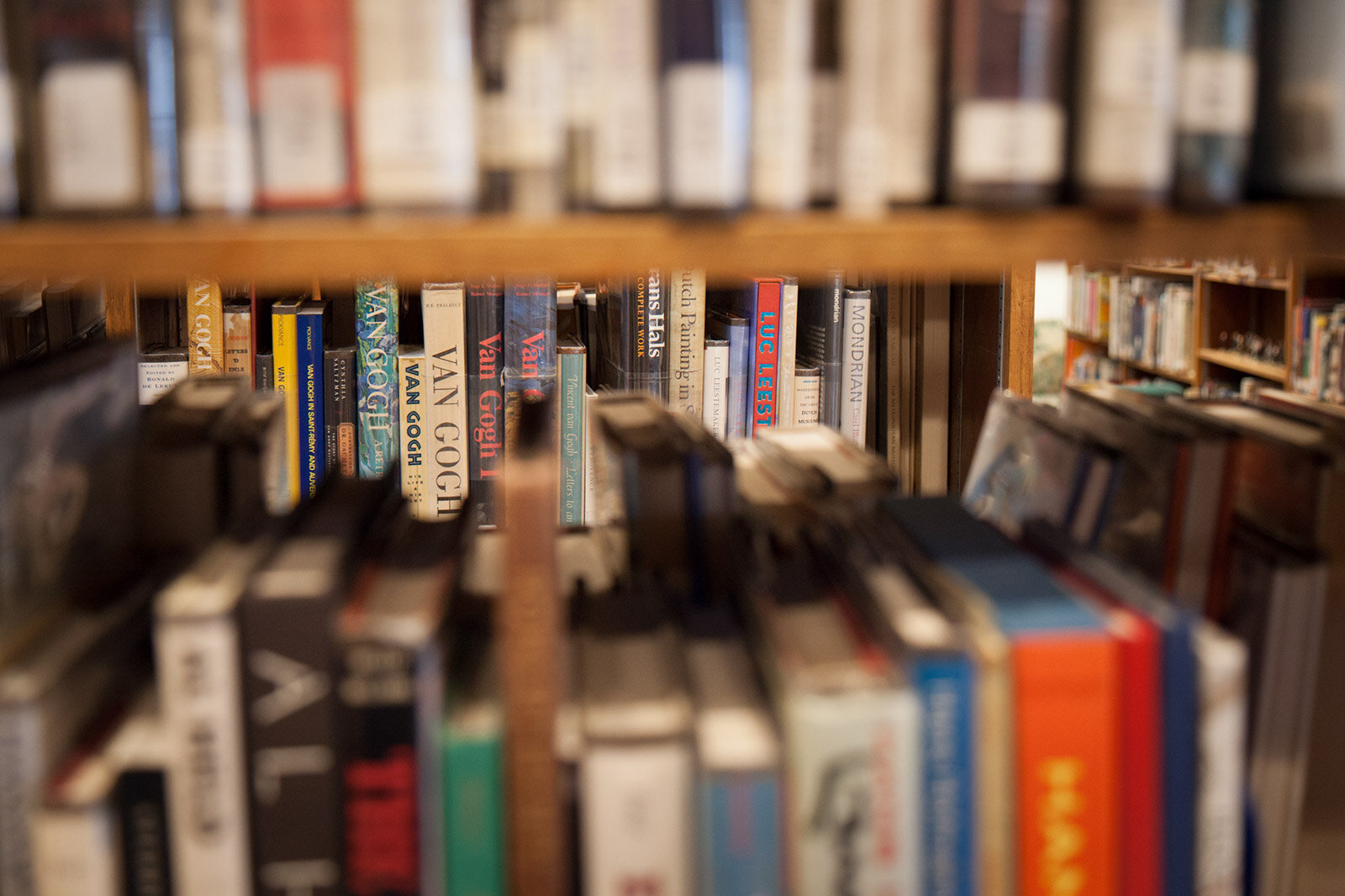






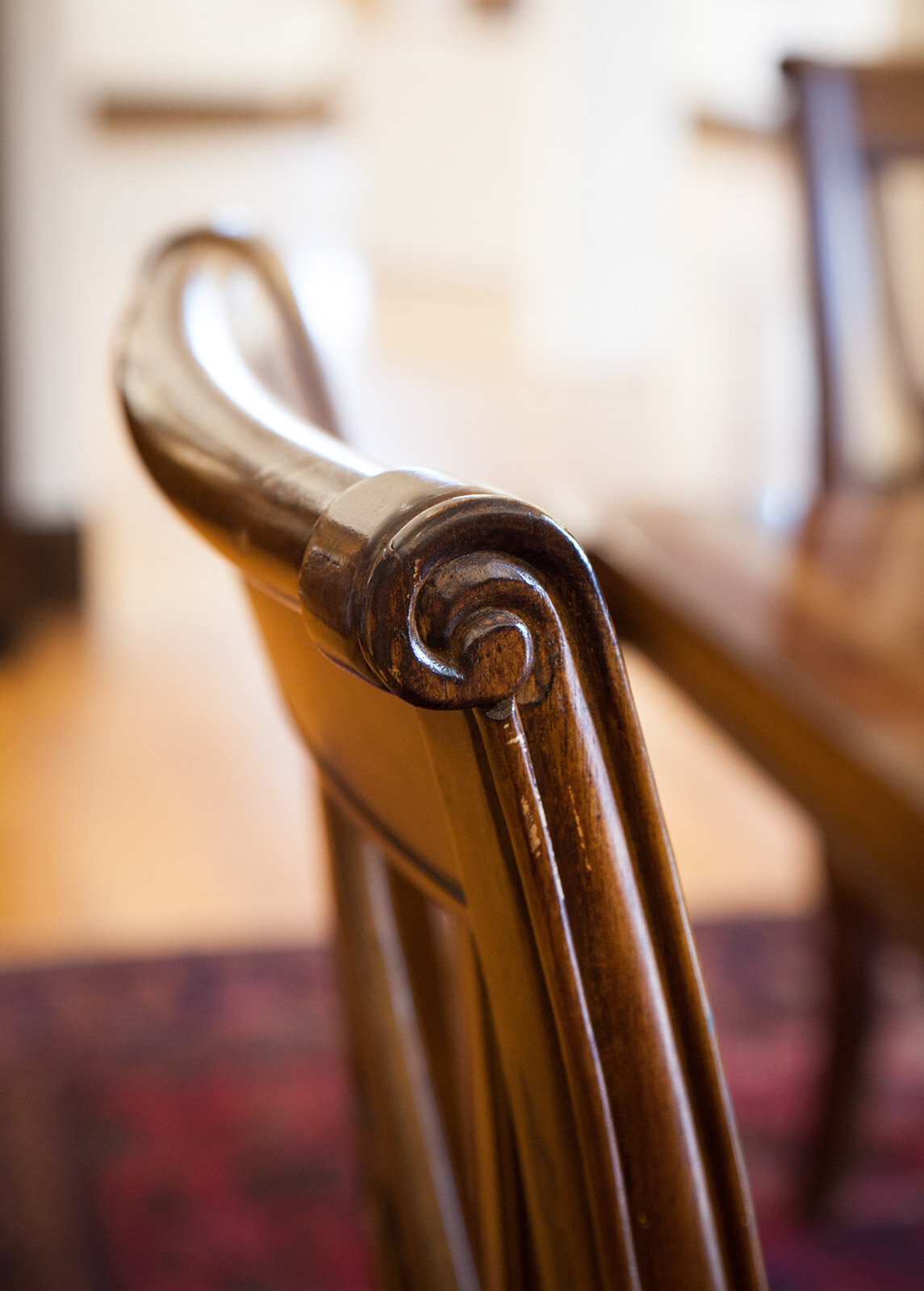












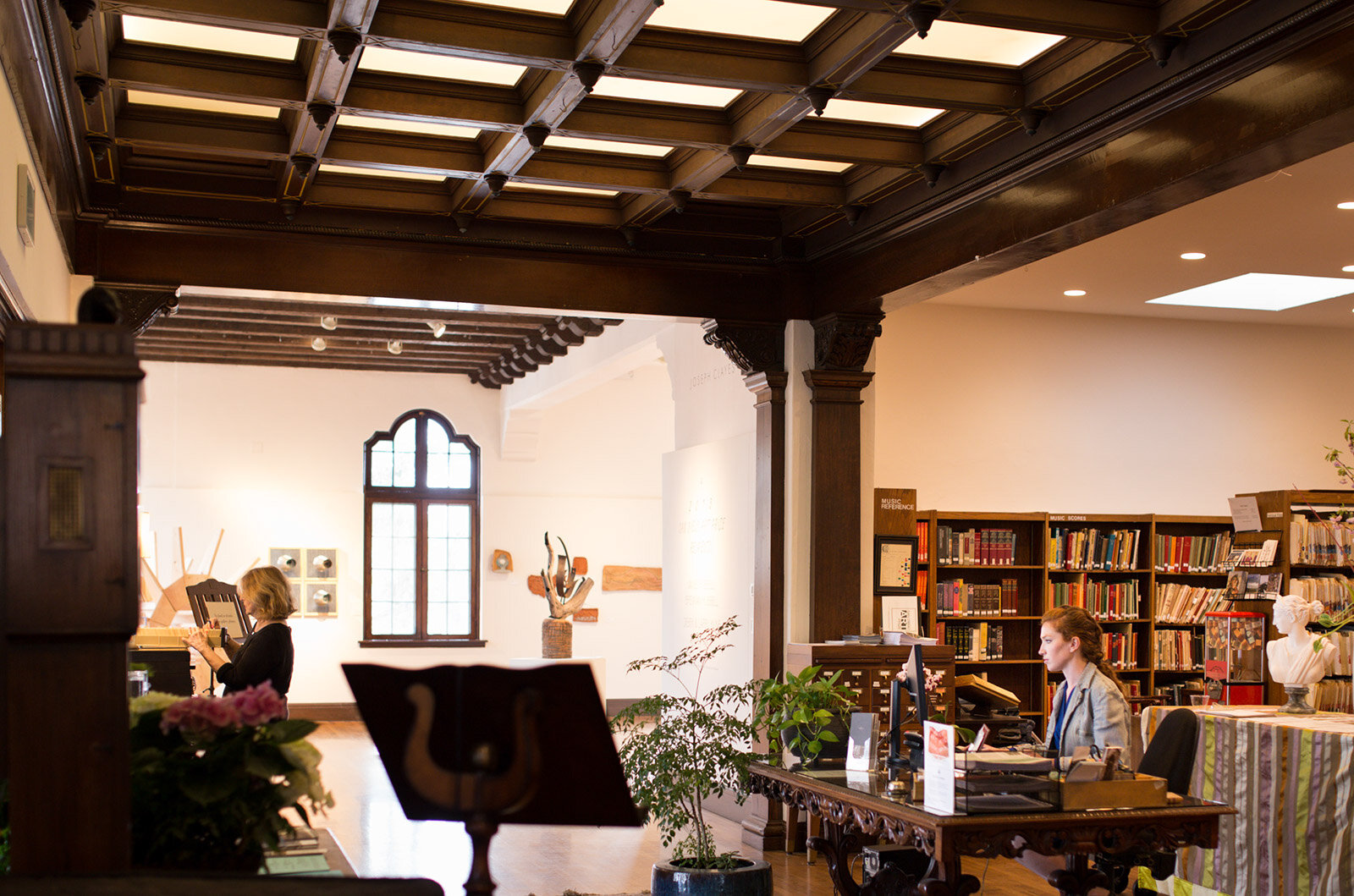














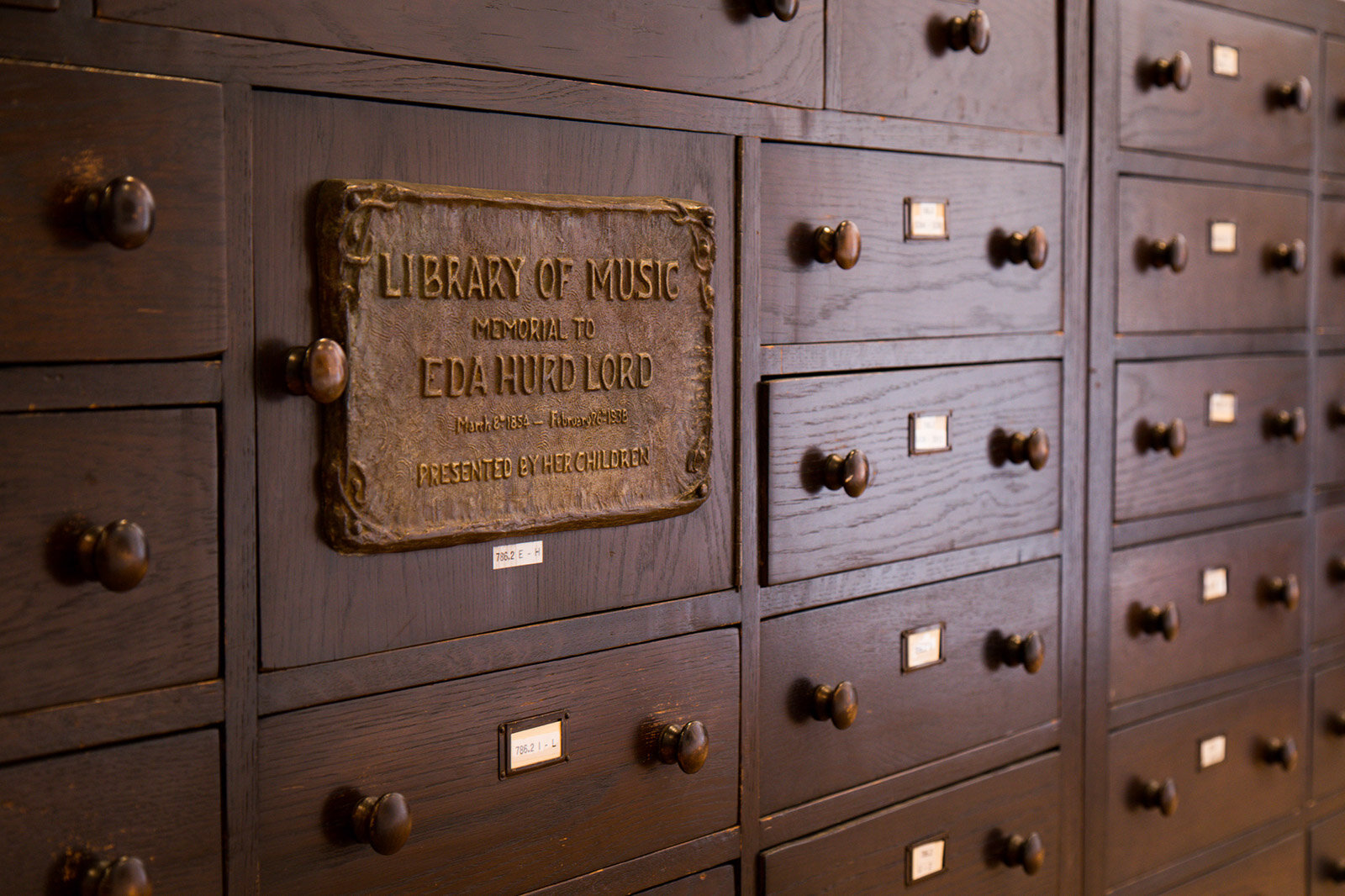
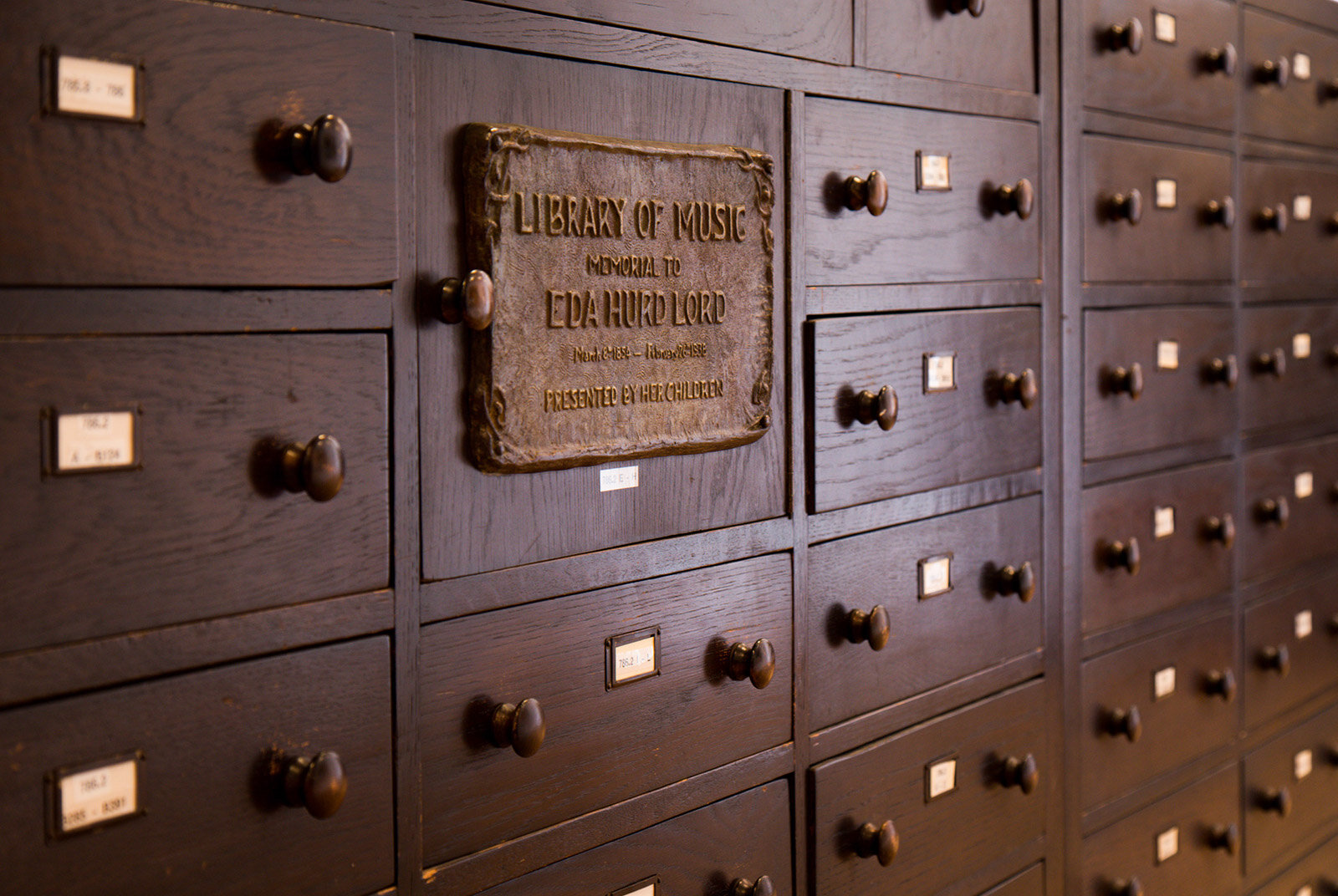



































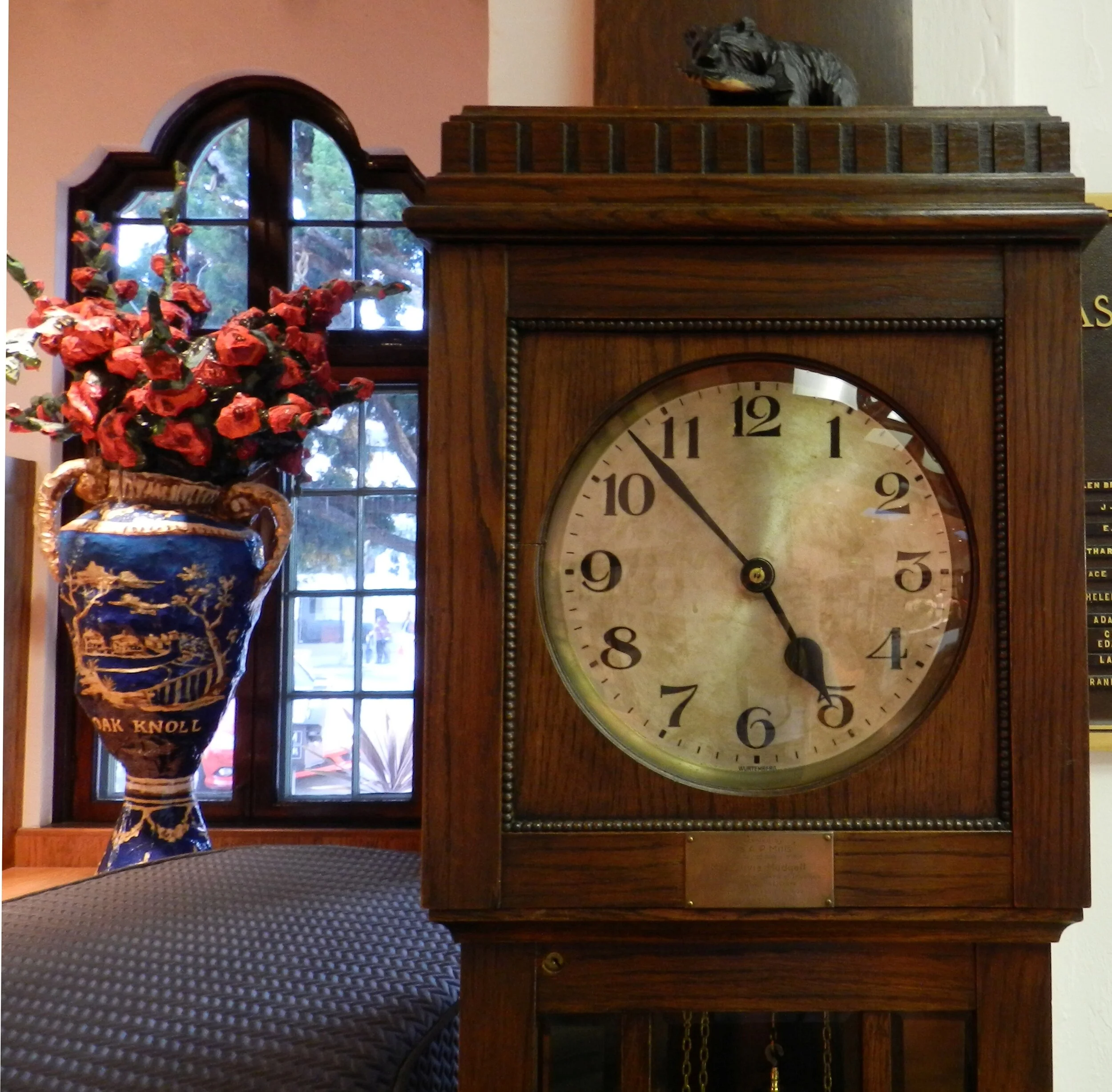











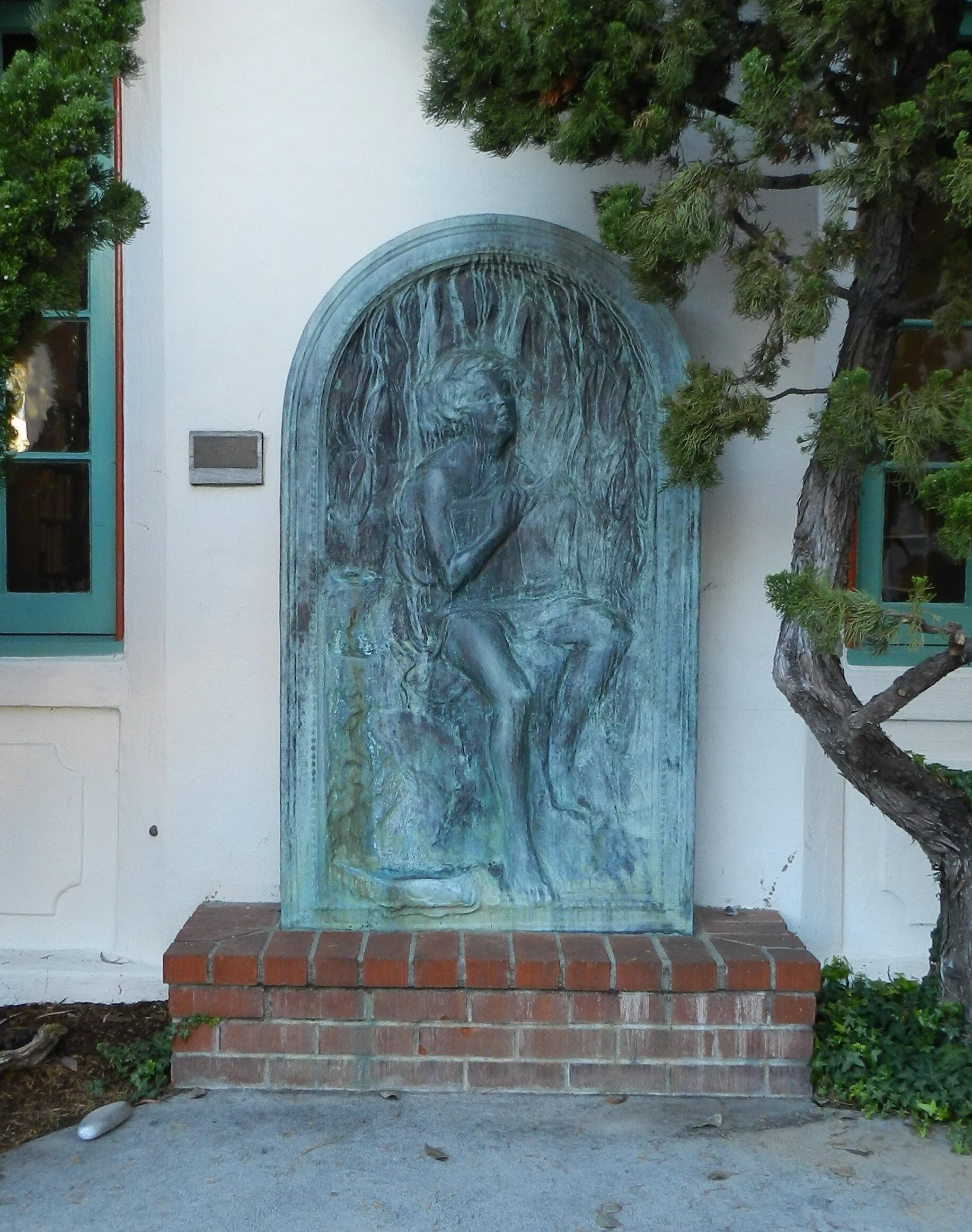


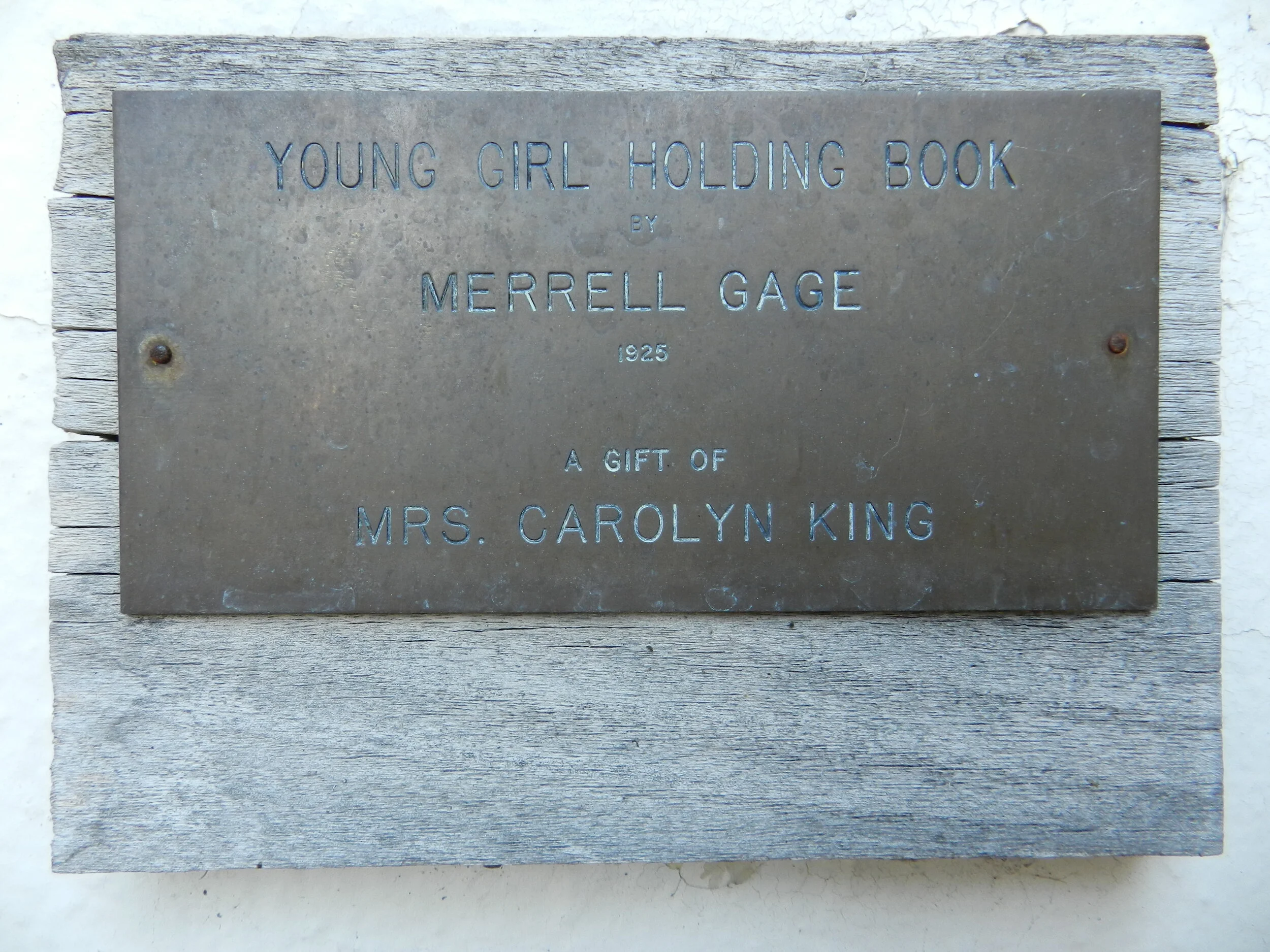

![Interior 1921: both gates at their original location (view from the entrance area into the former Reading Room [today the Joseph Clayes III Gallery])](https://images.squarespace-cdn.com/content/v1/5f4964347c80fb6b96019428/1602192731441-L4Y74D5HQKPFV3EBCMH9/interior+1921.jpg)










